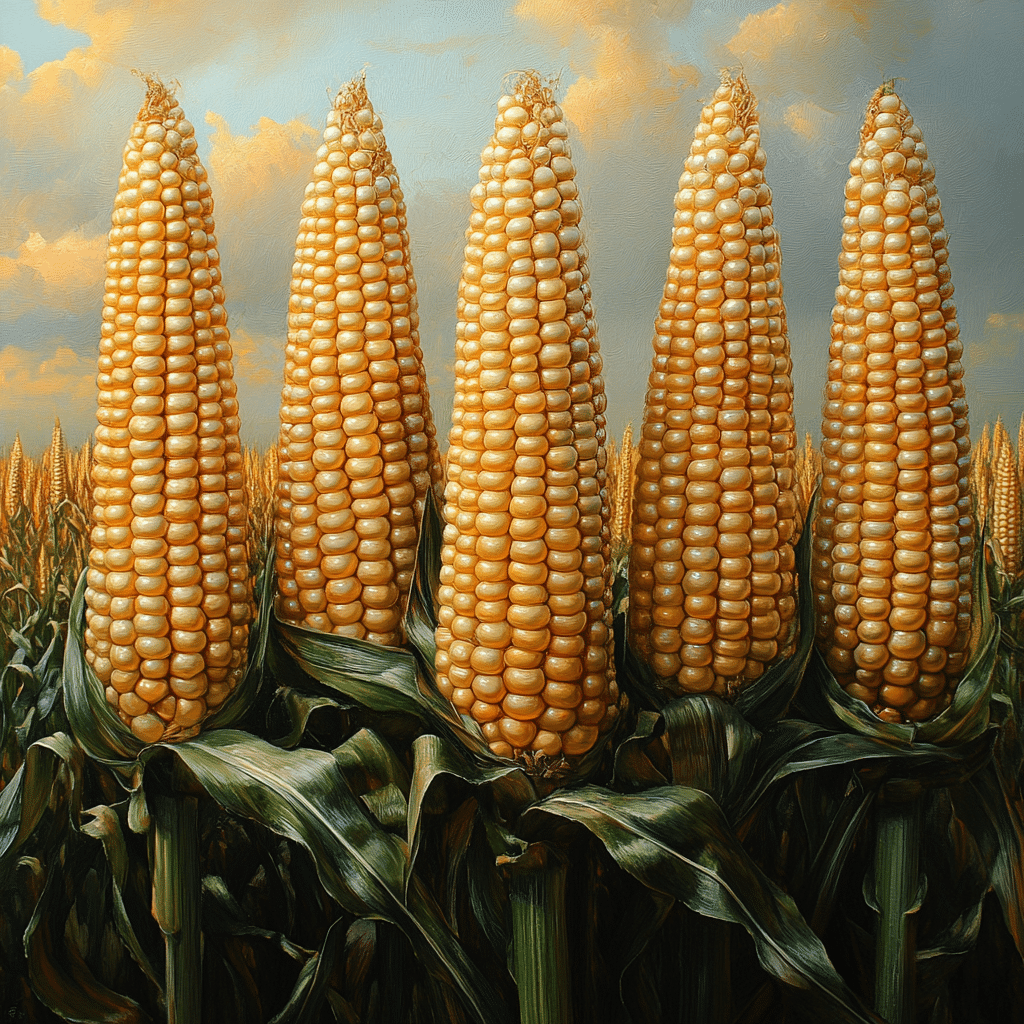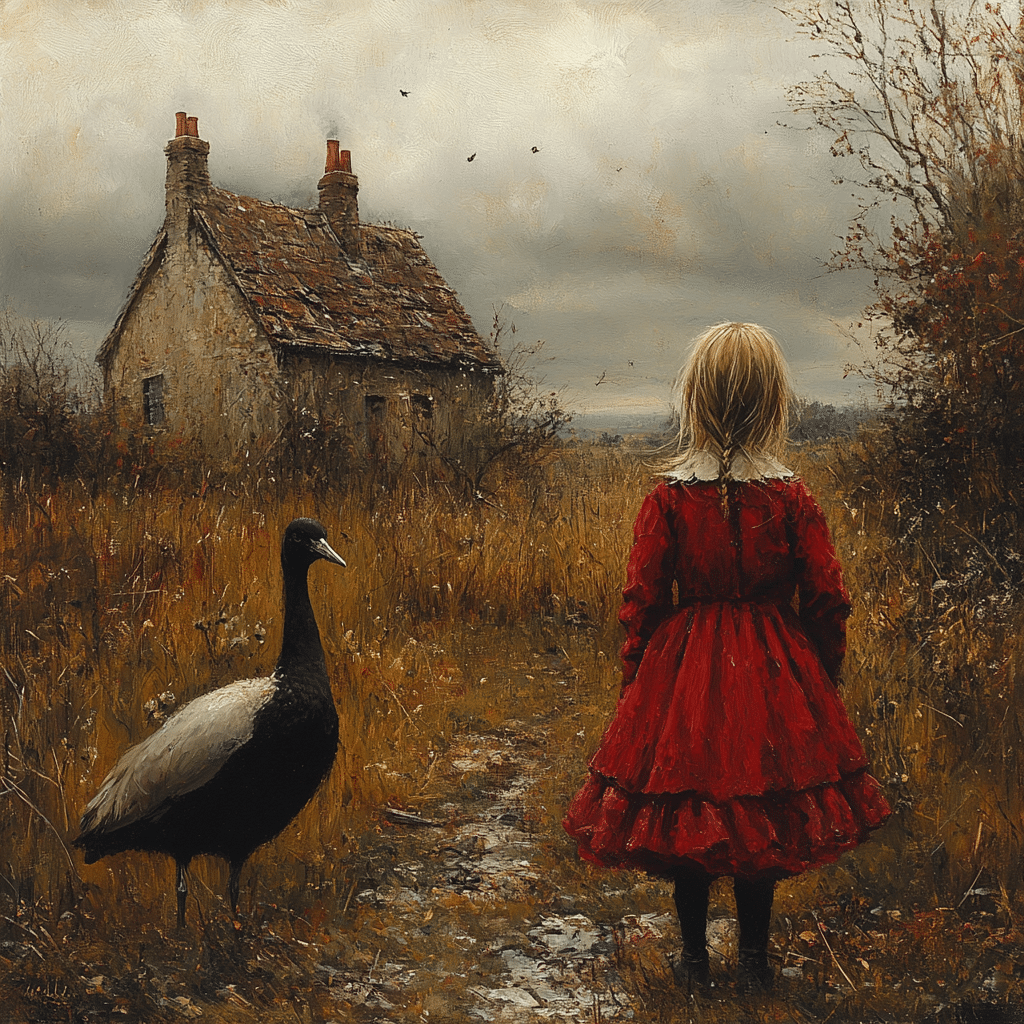Unveiling Great Cornard: A Historical Overview
Great Cornard, a picturesque village nestled in the lush landscape of Suffolk, England, boasts a rich history that stretches back through the ages. With roots that can be traced to pre-history, evidence of Palaeolithic, Bronze Age, and Roman settlements reveals that this area has always been a part of human life’s tapestry. The village shows an intriguing blend of narratives, architectural styles, and remarkable events that have shaped its identity over centuries. From farming practices documented in the Domesday Book of 1086 to its growth during the Industrial Revolution, understanding the history of Great Cornard reveals a compelling story of resilience and transformation against the backdrop of wider rural life in England.
The village was once a small settlement, primarily agricultural, until the 20th century brought significant changes. As more people moved to the area, the socioeconomic landscape began to shift. Great Cornard’s identity as a village became intertwined with the broader regional developments in Suffolk, impacting trade, transport, and culture. With historical gems like the Church of St. Andrew echoing stories of faith and architecture, Great Cornard continues to capture the imagination of visitors and historians alike.
Many still marvel at how Great Cornard developed alongside its iconic neighbouring towns, including Sudbury, all while maintaining its distinct character. So, as we delve deeper, let’s highlight some key historical events that helped shape this quaint village.
Top 7 Key Historical Events Shaping Great Cornard
Great Cornard makes its first recorded appearance in the Domesday Book, which serves as a remarkable snapshot of medieval life. This comprehensive survey, commissioned by William the Conqueror, provides a detailed account of landholdings, populations, and local commerce. It indicates that the village boasted a modest population engaged primarily in agriculture, which laid the groundwork for its future socioeconomic structure.
Dating back to the 13th century, the Church of St. Andrew stands as a symbol of the village’s historical significance. Its architecture showcases the evolution from Norman to Gothic styles, reflecting how religious values shaped communal life in Great Cornard. Over the years, the church has served not just as a place of worship but also as a center for community events, strengthening ties among villagers.
The Industrial Revolution profoundly transformed Great Cornard, marking a pivotal shift in the village’s economic landscape. With the establishment of mills and the burgeoning textile industry, the village attracted new residents, which spurred the growth of shops, services, and infrastructure. This became a period that forever altered the village’s character, turning it from a quiet agricultural hub into a vibrant community.
The village’s contributions to both World Wars underscore its integral role in broader historical conflicts. Many local residents enlisted to serve, leading to the establishment of memorials that honor their sacrifices. These markers serve as reminders that even small communities like Great Cornard played significant roles during tumultuous times in history.
Opened in the late 19th century, the Great Cornard Railway Station revolutionized travel and access for local residents. By connecting the village to larger urban centers, it facilitated trade and mobility, encouraging the growth of local businesses. As a result, Great Cornard became more than just a remote village; it transformed into a thriving community with heightened connectivity to surrounding areas.
After World War II, Great Cornard witnessed a wave of community-focused development initiatives. New housing projects sprang up to accommodate returning soldiers and their families, alongside parks and recreational facilities aimed at enhancing villagers’ quality of life. This shift illustrates the village’s adaptability in response to changing societal needs and highlights its commitment to nurturing community bonds.
Today, Great Cornard demonstrates its ability to embrace modernity. Local businesses have turned to e-commerce platforms, tapping into social media for outreach and connections with potential customers. This digital transformation provides a dynamic chapter in the life of the village, showcasing how Great Cornard is evolving while still honoring its rich past.

| **Category** | **Details** |
|---|---|
| Location | Great Cornard, Suffolk, England |
| Historical Occupation | Evidence of Palaeolithic, Bronze Age, and Roman settlements |
| First Mention | Appears in the Domesday Book of 1086 |
| Etymology | Derived from “Cornard,” meaning “the land of the corn or grain” |
| Population | Approximately 7,000 residents (as of 2021 census) |
| Developments | Transitioned from a small village to a more populated area during the 20th century |
| Notable Features | – Close proximity to Sudbury – Scenic countryside and green spaces |
| – Local amenities including shops, schools, and recreational areas | |
| Transport Links | – Access to A134 road – Public transport connections to Sudbury and surrounding towns |
| Community Events | Regular local events, including fairs and festivals |
| Significant Landmarks | St. Andrew’s Church, local parks, and historic buildings |
| Resources | Local library, community center, and health services |
Architectural Heritage in Great Cornard
The architectural heritage of Great Cornard invites admiration and curiosity. Significant structures, such as the Great Cornard Hall, a 15th-century gem of local history, demonstrate the village’s evolution through time. Each building narrates its unique story—be it a grand hall, listed cottages, or remnants of the old mills—inviting historians and tourists to explore the richness of the area.
Walking through Great Cornard’s streets feels like a time capsule, where one can observe the craftsmanship of bygone eras seamlessly blending with contemporary life. The historic buildings are not mere relics; they contribute to the vibrant atmosphere that defines the village today. Tourists marvel at the charm of these places, breathing life into the local economy through heritage tourism.
Moreover, the architectural diversity speaks volumes about community development across generations. The balance between preserving history and modernizing for today’s needs continues to inform policies and projects even as Great Cornard adapts to contemporary challenges.
Cultural Significance of Great Cornard
Great Cornard shines as a cultural hub, fostering local arts and traditions that enrich community life. Events like the annual Cornard Community Day are focal points in the calendar, drawing villagers together for celebrations that include crafts, food, and performances. This festive occasion not only showcases local talent but reinforces communal bonds, creating an atmosphere of unity and pride.
Local historical societies play a vital role in preserving the narratives that define Great Cornard’s cultural identity. Through exhibitions, talks, and workshops, they engage not only residents but also visitors in meaningful dialogues about the village’s past and future. These initiatives cultivate a deeper appreciation for the diverse tapestry that makes up Great Cornard’s heritage.
In this sense, Great Cornard is much more than a location; it’s a living entity that pulsates with memories and stories passed down through generations. Embracing its cultural significance is essential for fostering community spirit and encouraging newcomers to shape the village’s next chapter.

The Role of Great Cornard in Regional Development
Great Cornard’s role in regional development mirrors wider trends seen throughout Suffolk. As the village progressed, it adapted to the forces of urbanization and economic change, serving as a microcosm of local societal evolution. An analysis of planning initiatives reveals efforts to balance development while preserving the rich cultural heritage that attracts both residents and visitors.
The growth of Great Cornard reflects broader shifts in agriculture and industry, visualizing how rural locales manage external pressures. With ongoing investments in community infrastructure and local services, this growth showcases a commitment to sustainable development.
Additionally, Great Cornard benefits from its proximity to Sudbury, fostering relationships that facilitate cross-community collaboration. Embracing both history and modernity, the village positions itself as a leader in regional growth while maintaining the charm that defines its character.
Looking Ahead: The Future of Great Cornard
As we look toward the future, Great Cornard faces a landscape filled with both challenges and opportunities. The digital age introduces new dynamics, prompting a re-evaluation of community engagement and investment strategies. However, the sturdy roots established over centuries offer a foundation upon which to build a promising future.
Sustainable practices, such as environmental initiatives and historical preservation, will be vital to maintaining Great Cornard’s vibrancy. As the village navigates demographic changes and evolving needs, intentionality in fostering community connections will be crucial.
Ultimately, Great Cornard’s journey is a testament to resilience, adaptability, and community spirit. As the village continues to grow and evolve, respecting its rich history and architectural splendor will remain essential for cultivating a dynamic and inclusive environment for residents and newcomers alike.
In summary, the exploration of Great Cornard’s rich history reveals a tapestry woven with stories of resilience, cultural richness, and ongoing transformation. As the village looks to the future, cherishing its history and architectural marvels will play a significant role in shaping its next chapter.
Great Cornard: Fun Trivia and Interesting Facts
Discovering Legends
Did you know that Great Cornard is steeped in legends dating back centuries? One of the intriguing tales involves ancient travel routes that passed through the area, linking it to other historic places like Great Shelford. Imagine horse-drawn carriages making their way past quaint cottages, much like those around Baltimore Inner harbor today, creating a tapestry of life that felt vibrant and connected. Speaking of connections, have you ever wondered if cash is considered an asset in today’s economy? In Great Cornard, as in other communities, understanding financial aspects is just as crucial to thrive.
A Peek into Local Culture
Great Cornard has its fair share of interesting cultural nuggets, too! For instance, the village’s name is derived from the Old English “Cornard,” referring to corn-producing land. This history reflects an agricultural richness that resonates even today. Residents often gather for local events, much like the celebrations seen in Great Sankey, forging bonds and fostering a strong community spirit. Interestingly, if you delve into the modern lifestyle, you’ll find that credit scores play a significant role in financial health, prompting locals to ponder questions like Is 720 a good credit score?
Unveiling Myths and Mysteries
Of course, no exploration of Great Cornard would be complete without a nod to contemporary conversations. Take the fervent public interest in celebrity affairs: the buzz around stories like Did David beckham have an affair often captures media attention, much like the quirks of villagers’ lives here. Add to that the rise of unique artistic communities, and Great Cornard becomes a fascinating blend of the old and the new, thriving much like the great dragon of legend who soared above, a symbol of strength and perseverance. As you stroll through the village’s narrowed lanes, take a moment to appreciate the rich history that has shaped the very fabric of Great Cornard.

What is the history of the Great Cornard?
Great Cornard has a rich history, with people living in the area since prehistoric times. Evidence shows Palaeolithic, Bronze Age, and Roman settlements. The village is mentioned in the Domesday Book of 1086 as the manor of Cornard and remained small until the 20th century.
How many people live in Great Cornard?
As of recent estimates, Great Cornard has a population of around 7,000 residents. This number may fluctuate slightly over the years, but it’s generally around that mark.
Where is Cornard Wood?
Cornard Wood is located on the outskirts of Great Cornard, providing a lovely natural space for walking, wildlife spotting, and enjoying the outdoors. It’s a popular spot for locals to unwind or take a stroll.
What is the history of the Cornard United?
Cornard United has a history that’s woven into the local community since its founding. The club’s been a key part of village life, providing opportunities for football and fostering local talent over the years.
Is Great Cornard a good place to live?
Great Cornard’s considered a decent place to live by many folks. It offers a mix of community spirit, access to nature, and good local amenities, making it quite appealing to families and individuals looking for a cozy spot.



